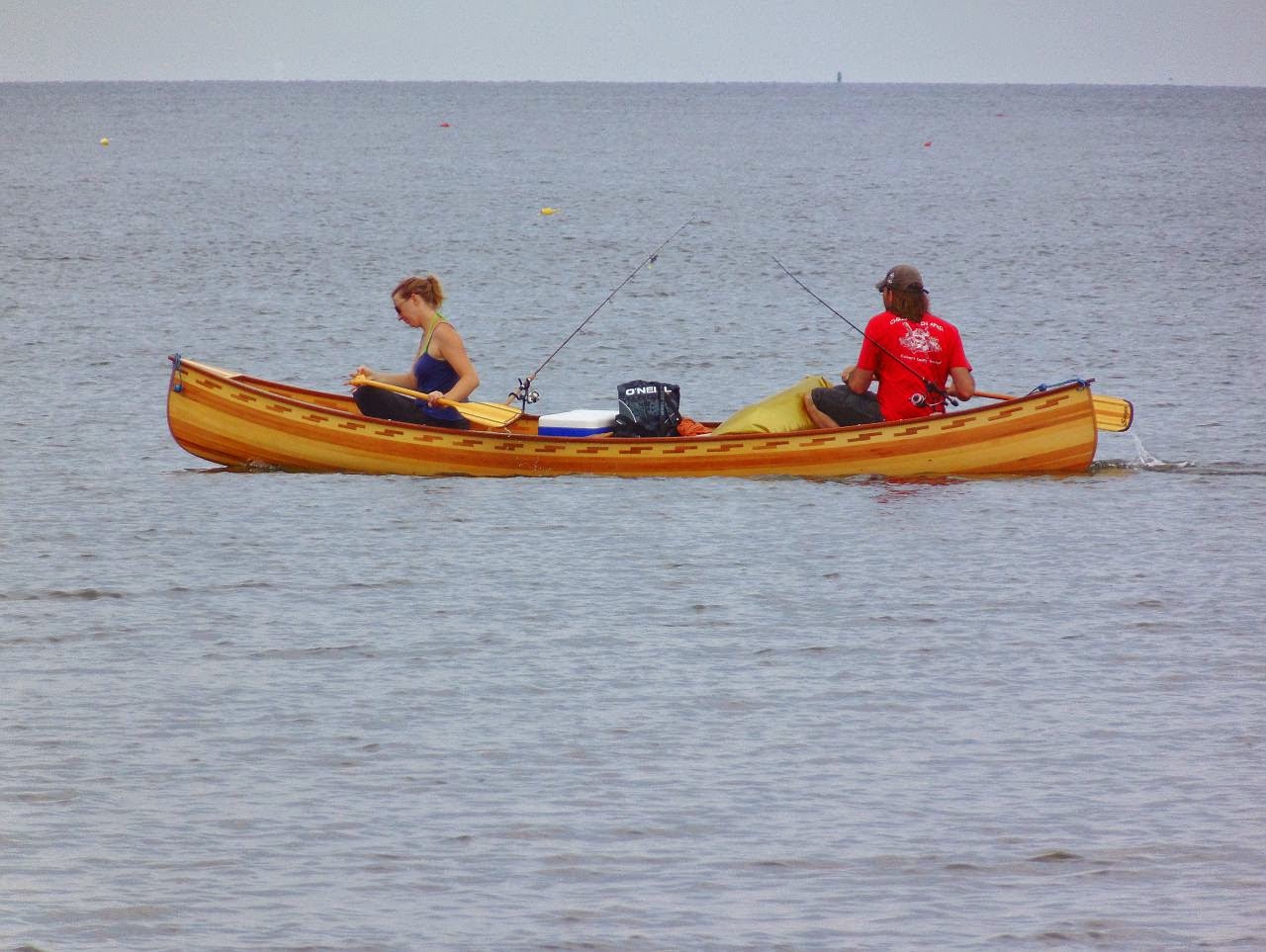Annapolis and Baltimore are at the top of a federal list of U.S. cities being flooded more frequently--not just during big storms, but during regular high tides as well.
A report from the National Oceanic and Atmospheric Administration released this week says the flooding is exacerbated by climate-related sea level rise. “It no longer takes a strong storm or a hurricane to cause flooding,” said the report's lead author William Sweet.
The report found that Annapolis and Baltimore experienced increases of more than 920 percent in the number of flood days since 1960. Annapolis led a top ten list with an average of 39.3 days a year with minor floods, also called nuisance flooding, from 2007-2013. Baltimore was listed second with 13.1 nuisance flood days for the same period. That’s compared to 3.8 days in Annapolis and 1.3 in Baltimore from 1957 to 1963.
 |
| Downtown Annapolis seen from the Severn River |
Sweet, an oceanographer at NOAA's Center for Operational Oceanographic Products and Services, said the rare direct hurricane strikes are “catastrophic,” but communities can rebuild and recover. But the lesser events—the nuisance floods—“will have a cumulative toll in time and I don't think this is widely recognized or understood by people living in those areas.”
Those floods cause road closures, overflowing storm drains and compromise infrastructure, the report said. Recent storms in the Chesapeake Bay regions of Maryland have caused flash flooding.
The report is based on historical data NOAA has been collecting at 45 stations throughout the U.S. and six stations in Maryland, including Ocean City on the coast and five on the Chesapeake Bay.
Do you see any recent acceleration due to global warming? I don't.
Sweet said the effects of rising sea levels along most of the continental U.S. coastline are only going to become more noticeable and much more severe in the coming decades, probably more so than any other climate-change related factor.As I have written many times before, the islands of the southern and eastern portions of the Bay are not disappearing due to sea level rise, but rather due to erosion at the edges, and human intervention which prevents the natural growth of the salt marsh islands, which will rise to match sea level rise under natural conditions. Peat and sediment do not accumulate on roads, lawns and houses.
Stephen Gill, chief scientist at the NOAA Center who also worked on the report, said a variety of factors are affecting the Virginia region but the mix of rising waters and sinking land is most evident in the disappearing offshore islands in the southern bay.
Scientists say the crater at the mouth of the bay, created when a comet or asteroid hit the earth some 35 million years ago, is filling in, causing bay water levels to rise. NOAA data shows water around the Bay Bridge Tunnel near the mouth of the bay is rising at about six millimeters each year, and nearly two feet every 100 years, the fastest of the seven stations.I blame Bush for the meteorite 35 million years ago.
In Baltimore, the waters are rising by 1.01 feet every 100 years, while Annapolis waters rise 1.13 feet every 100 years.Rates which has been decreasing since the rapid rise at the end of the last glacial maximum, at which point, the Chesapeake Bay did not exist, and the Susquehanna River ran free to the edge of the continental shelf off Virginia. While
Sweet said the report is meant to help communities understand the impacts of more frequent minor floods. “That's a first step to being prepared, being aware and to facilitate a discussion that needs to be had about adaptation.”There have been multiple scare articles in the press recently about sea level rise. But no one will actually show the numbers, just the scary predictions, because if they

.jpg)

















.jpg)



























